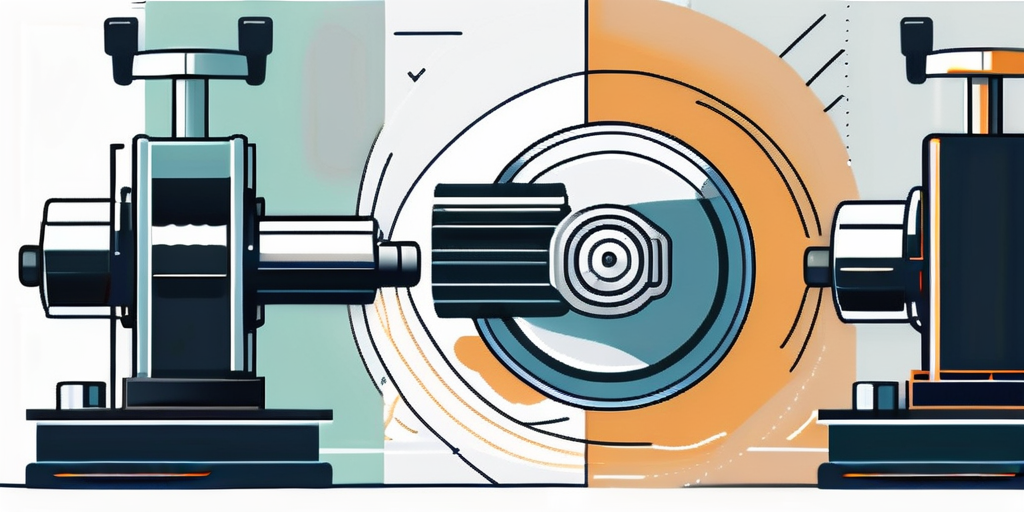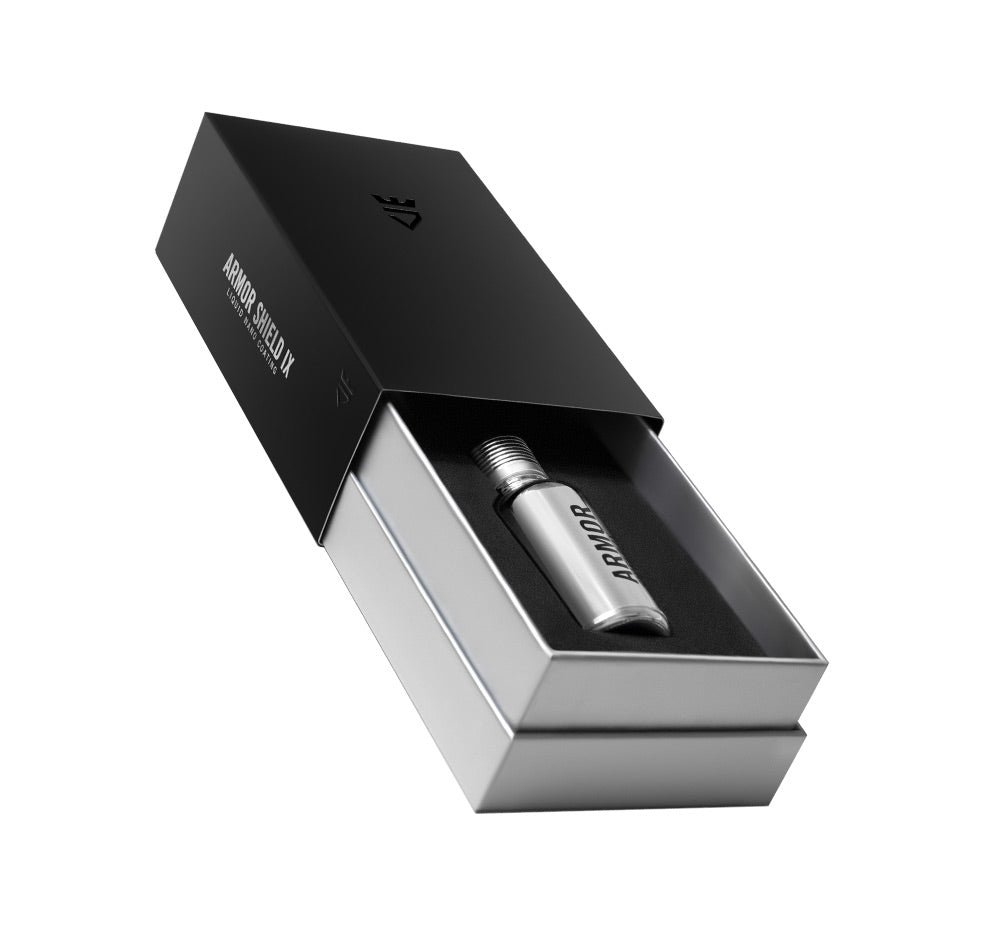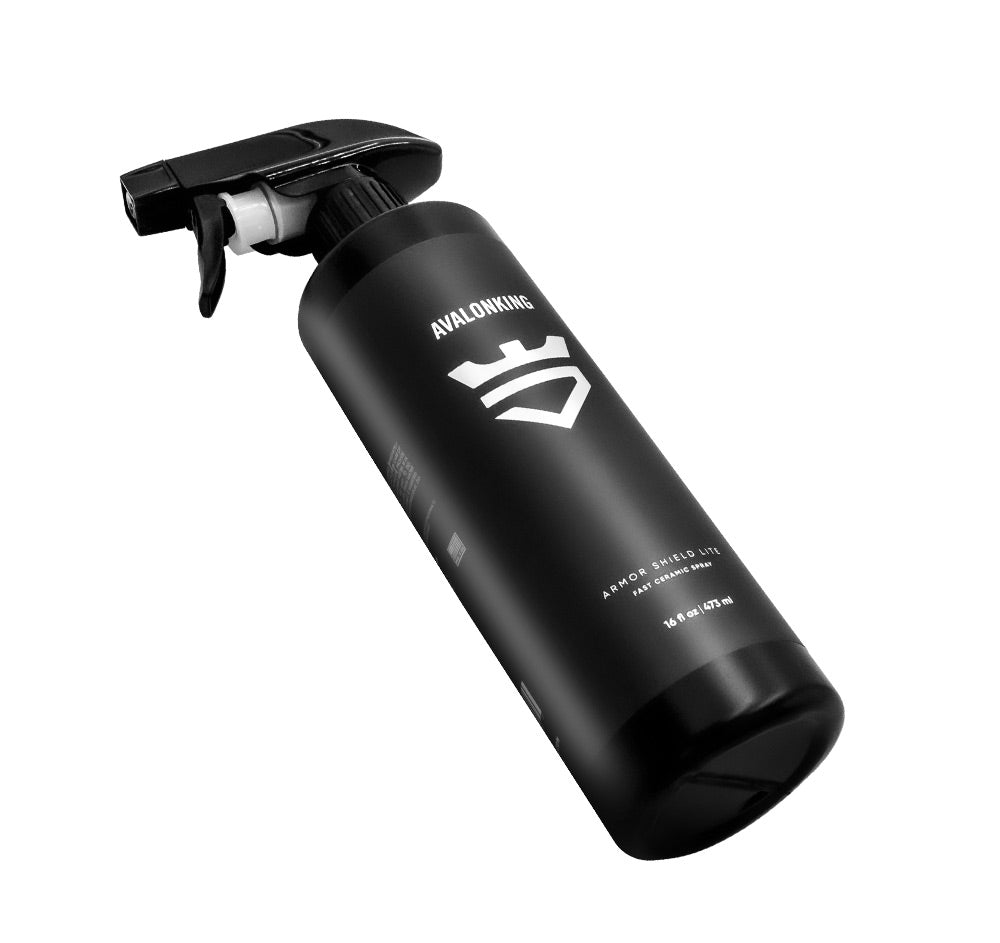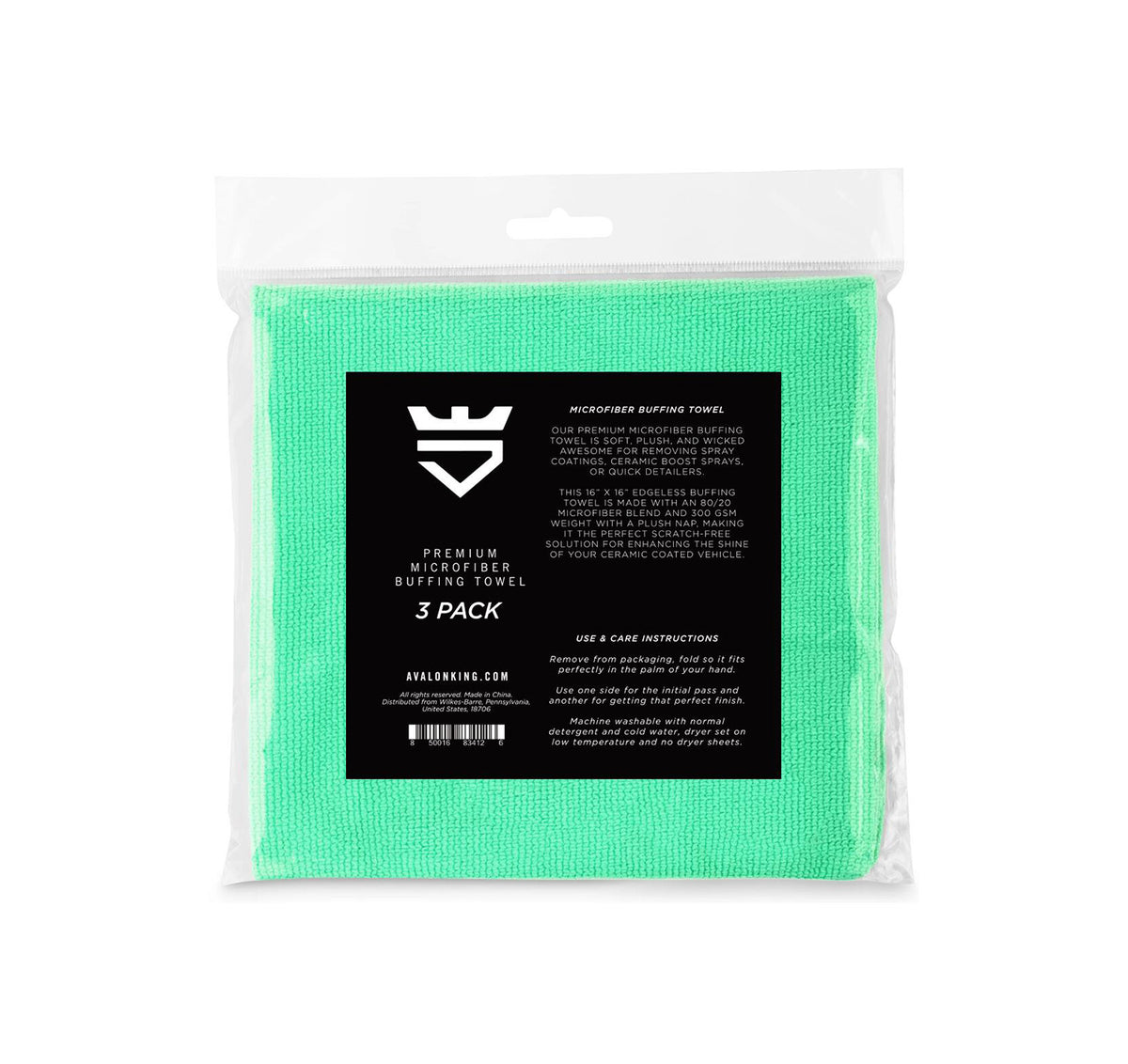What is Machine Polishing? Explained by AvalonKing
Machine polishing, also known as mechanical polishing or power polishing, is a process used in car detailing to enhance the appearance of a vehicle's paintwork. It involves the use of a machine polisher and specific polishing compounds to remove minor surface imperfections such as scratches, swirl marks, and oxidation. The result is a smooth, glossy finish that enhances the vehicle's aesthetic appeal.
At AvalonKing, we believe that understanding the process of machine polishing is crucial for anyone interested in car detailing. This glossary entry aims to provide a comprehensive explanation of machine polishing, its benefits, and how it fits into the broader context of car detailing.
Understanding Machine Polishing
Machine polishing is a multi-step process that requires careful execution and knowledge of the vehicle's paintwork. It is not simply about applying a compound and buffing it off; rather, it involves assessing the condition of the paintwork, choosing the right polishing compound and pad, and using the machine polisher in a controlled manner to achieve the desired results.
The process begins with a thorough cleaning of the vehicle to remove any dirt or debris that could potentially scratch the paintwork during polishing. After cleaning, the vehicle's paintwork is inspected to determine the extent of the surface imperfections and the level of polishing required.
The Role of Polishing Compounds
Polishing compounds play a crucial role in machine polishing. They contain abrasive materials that work to remove a thin layer of the vehicle's paintwork, effectively 'sanding' away minor scratches and imperfections. The level of abrasiveness varies among different compounds, allowing detailers to choose the most appropriate one based on the condition of the paintwork.
It's important to note that polishing compounds should be used sparingly. Applying too much compound can result in excessive removal of the paintwork, which can cause damage. Therefore, it's crucial to use the right amount and to work the compound into the paintwork slowly and evenly using the machine polisher.
Using the Machine Polisher
The machine polisher is a tool that uses a rotating or oscillating motion to apply and work the polishing compound into the vehicle's paintwork. The speed and pressure applied by the machine polisher can be adjusted to suit the condition of the paintwork and the desired level of polishing.
Using a machine polisher requires skill and experience. It's important to keep the machine moving at all times to avoid creating 'burn' marks on the paintwork. Additionally, the machine should be lifted off the surface before it is turned off to prevent the creation of swirl marks.
The Benefits of Machine Polishing
Machine polishing offers several benefits that contribute to the overall appearance and longevity of a vehicle's paintwork. One of the main benefits is the removal of minor surface imperfections. By removing a thin layer of the paintwork, machine polishing can effectively eliminate scratches, swirl marks, and oxidation, resulting in a smooth, glossy finish.
Another benefit of machine polishing is the enhancement of the vehicle's color and shine. The polishing process can remove dull, oxidized paint, revealing the vibrant, fresh paint underneath. Additionally, the smooth surface created by machine polishing reflects light more effectively, resulting in a high-gloss finish that enhances the vehicle's aesthetic appeal.
Long-Term Protection
Machine polishing also offers long-term protection for the vehicle's paintwork. By removing the outermost layer of paint, which is often the most damaged, machine polishing exposes a fresh layer of paint that is more resistant to environmental damage. This can extend the lifespan of the paintwork and reduce the need for frequent touch-ups.
Furthermore, the smooth surface created by machine polishing allows protective coatings, such as wax or sealant, to adhere more effectively. This creates a protective barrier that shields the paintwork from UV rays, chemical stains, and physical damage, further enhancing its durability and longevity.
Increased Vehicle Value
Machine polishing can also increase the value of a vehicle. A well-maintained, high-gloss finish is often perceived as an indicator of a well-cared-for vehicle, which can attract potential buyers and command a higher resale value.
Moreover, machine polishing can restore the appearance of older vehicles, making them look newer and more appealing. This can be particularly beneficial for classic or vintage cars, where preserving the original paintwork is often a priority.
Machine Polishing vs. Hand Polishing
While both machine polishing and hand polishing aim to enhance the appearance of a vehicle's paintwork, they differ in several ways. Machine polishing, as the name suggests, involves the use of a machine polisher, which allows for more consistent and efficient results. Hand polishing, on the other hand, is done manually using a cloth or sponge.

Machine polishing is generally more effective at removing minor surface imperfections due to the consistent pressure and speed provided by the machine. Hand polishing, while less effective at removing imperfections, can be a suitable option for maintaining a vehicle's shine between machine polishes.
Efficiency and Consistency
One of the main advantages of machine polishing over hand polishing is its efficiency. The machine polisher can cover a larger area in a shorter amount of time, making it a more practical option for larger vehicles or for detailers working on multiple vehicles.
Additionally, the machine polisher provides a consistent level of pressure and speed, which can result in a more uniform finish. This can be particularly beneficial when working on darker-colored vehicles, where imperfections and unevenness are more noticeable.
Skill and Experience
While machine polishing offers several advantages, it requires more skill and experience than hand polishing. The machine polisher must be used correctly to avoid causing damage to the paintwork. Therefore, it's often recommended that beginners start with hand polishing before moving on to machine polishing.
Hand polishing, while less efficient, can be a good way to learn about the characteristics of different polishing compounds and how they interact with the paintwork. This knowledge can then be applied when transitioning to machine polishing.
Machine Polishing in the Context of Car Detailing
Machine polishing is a key component of the car detailing process. It is typically done after the washing and decontaminating stages, and before the application of protective coatings. The goal is to create a smooth, flawless surface that enhances the appearance of the vehicle and allows the protective coatings to adhere effectively.
While machine polishing can significantly enhance the appearance of a vehicle's paintwork, it's important to remember that it is not a cure-all solution. It is most effective at removing minor surface imperfections, but deeper scratches and dents may require more extensive repairs. Additionally, machine polishing should be done sparingly, as excessive polishing can remove too much paint and cause damage.
Preparation for Machine Polishing
Before machine polishing, the vehicle should be thoroughly cleaned to remove any dirt or debris that could scratch the paintwork during the polishing process. This typically involves washing the vehicle with a pH-neutral car shampoo, decontaminating the paintwork to remove embedded contaminants, and drying the vehicle completely.
Once the vehicle is clean, the paintwork should be inspected to determine the extent of the surface imperfections and the level of polishing required. This can be done using a paint depth gauge, which measures the thickness of the paintwork, and a paint inspection light, which highlights scratches and swirl marks.
Post-Polishing Steps
After machine polishing, the vehicle should be wiped down with an isopropyl alcohol (IPA) solution to remove any polishing residue. This ensures that the paintwork is completely clean and ready for the application of protective coatings.
The final step in the car detailing process is the application of protective coatings, such as wax, sealant, or ceramic coating. These coatings create a protective barrier that shields the paintwork from environmental damage, enhances its gloss and color, and makes it easier to clean.
Conclusion
Machine polishing is a crucial process in car detailing that can significantly enhance the appearance and longevity of a vehicle's paintwork. It involves the use of a machine polisher and specific polishing compounds to remove minor surface imperfections and create a smooth, glossy finish.
While machine polishing requires skill and experience, it offers several benefits, including the removal of scratches and swirl marks, the enhancement of the vehicle's color and shine, and the provision of long-term protection for the paintwork. Whether you're a professional detailer or a car enthusiast, understanding the process and benefits of machine polishing can help you achieve the best possible results for your vehicle.
Ready to elevate your car's shine and protect its paintwork with the finest products? Look no further than AvalonKing! With years of expertise in providing top-quality car cleaning solutions, we have everything you need to keep your vehicle looking immaculate. From ceramic coatings to car shampoos, our products are designed for car enthusiasts who demand the best. Check out our products today and take the first step towards a flawless finish for your vehicle.










